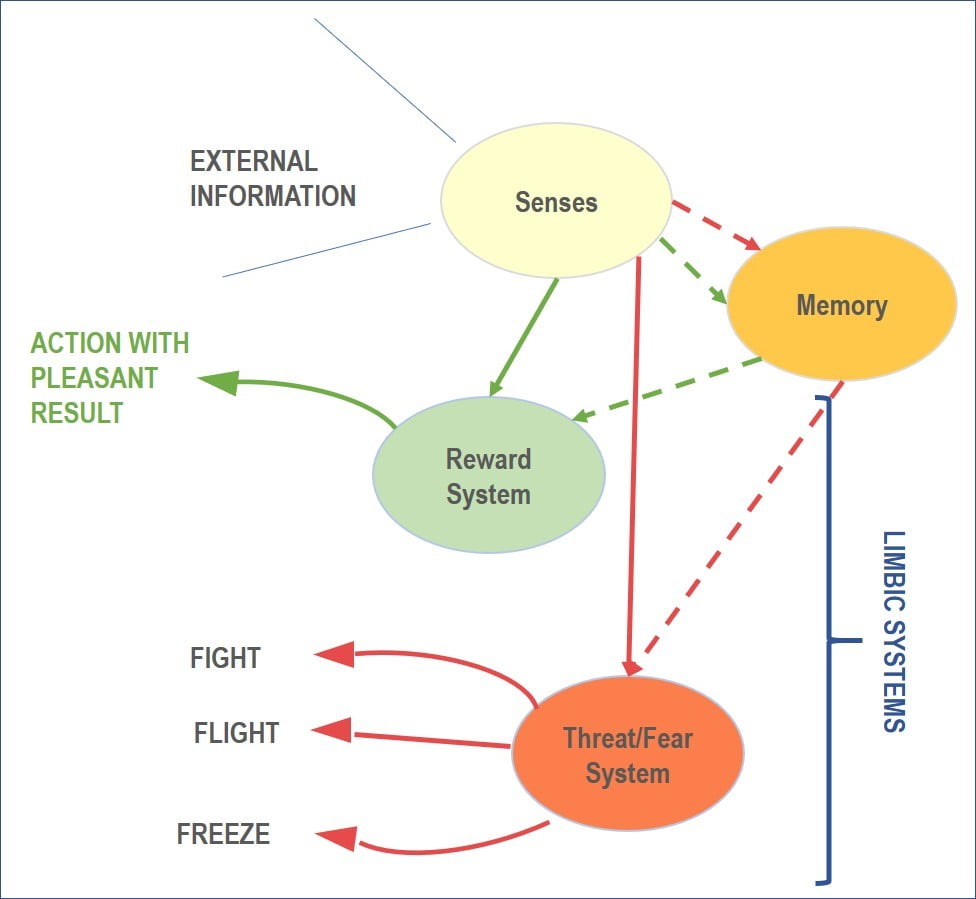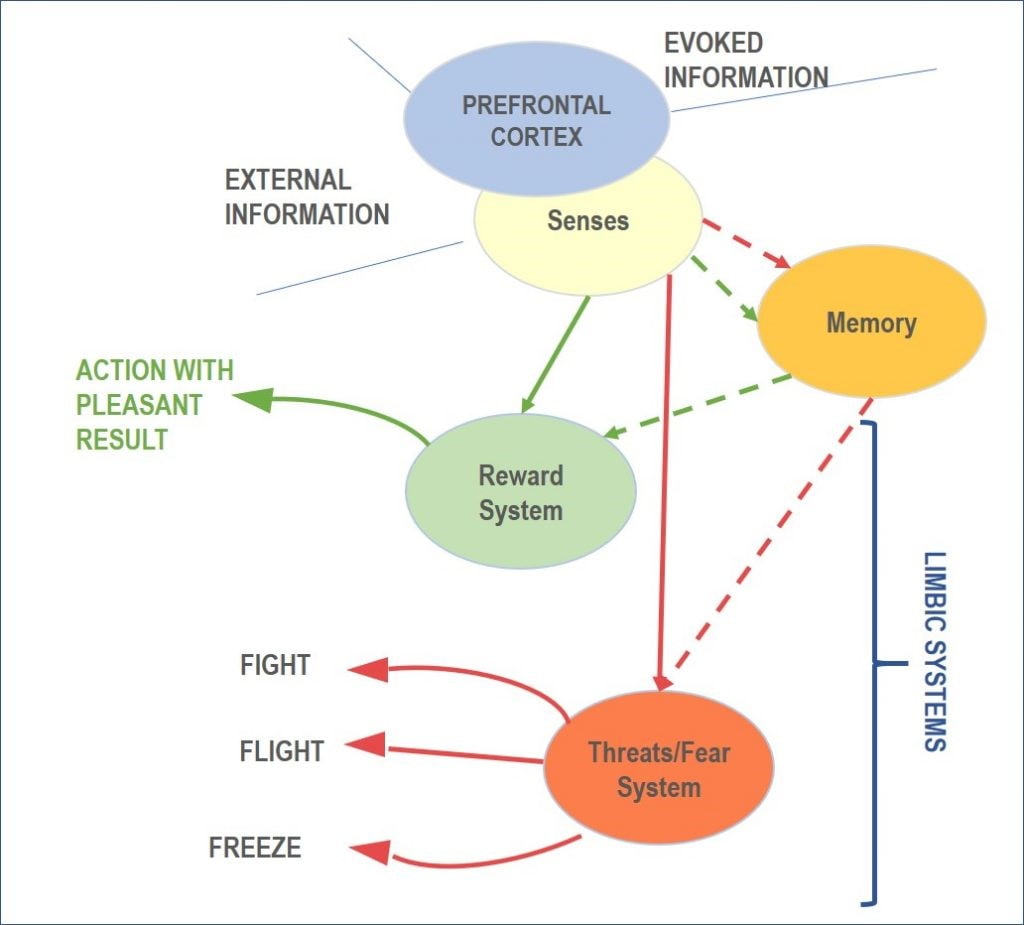The NLP anchors or NLP anchoring can help us to improve our emotional results in different situations.
The inspiration came when we read an article about the reward system and memory. In Neuroscience News, almost daily, I receive notifications of very interesting publications. I recently read an interesting summary entitled Brain Prioritizes Most Rewarding Experiences When Storing Memories.
The original article they were referring to was, Retroactive and graded prioritization of memory by reward de Erin Kendall Braun, G. Elliott Wimmer & Daphna Shohamy; Nature Communications volume 9, Article number: 4886 (2018).
We can approach the subject taking the NLP anchors or NLP anchoring as a common thread along with the post. We can then go through the foundations of neuroscience with NeuroQuotient®, to finally reach the referred article.
What is NLP anchor or NLP anchoring?
NLP anchor or NLP anchoring automatically leads us to a specific emotional state from a sensory signal. We all have natural anchors that have been created in our brain with the experience, these are triggered unconsciously. For example, some music, smells, physical environments, people, etc. that lead us to feel good (or not so good).
We can take advantage of NLP anchors or NLP anchoring by consciously creating them. In this way, we have access to emotional resources, which can be useful in situations where our results (of satisfaction) can be improved.
Somehow, we can say that the sensory signal, the trigger of the emotional state is the anchor and anchoring is the process, the entire connection from sensory perception to emotion.
From the neuroscience with the NeuroQuotient® model, we call neurobehavior to the whole of the automatic response and the underlying brain connections. So, an NLP anchor and anchoring would be, in a way, a new neurobehavior.
Before it, just remember that NLP anchors or NLP anchoring are only a small piece of the NLP. In iNLPCenter, you can learn about the whole NLP and how to use it in coaching.
How does the brain work in the NLP anchor or NLP anchoring?
Let’s think about animals first.
The fundamental elements of neurobehavior in animals are the senses, the memory, and limbic systems (reward and threat systems).
 Animals act according to what perceive with their senses and what their species memory indicates to them. The motivation for a given action is defined in the limbic systems (reward and threat or fear).
Animals act according to what perceive with their senses and what their species memory indicates to them. The motivation for a given action is defined in the limbic systems (reward and threat or fear).
Animals explore the territory with their senses. They do it with an important random component and are guided by its needs. The signals they capture are compared, in the brain, with their species memory. Depending on what its memory indicates, one of the limbic systems that motivate the action.
If the sensory signal indicates reward, then it will motivate actions rewarded with pleasure (reproduction or feeding). If the signal is of threat or fear, the animal will fight, flee, or be blocked, depending on the level of threat recorded in its memory.
What distinguishes us human beings is the prefrontal cortex (PFC). It gives us the ability to think and, mainly, to focus attention.

We do not randomly explore like the animals, but we, moreover, can explore inwardly. Our brain does not distinguish between what we perceive directly with the external senses and what we remember and/or imagine.
Let’s back to the common thread of the NLP anchors or NLP anchoring.
As we explained at the beginning, with the NLP anchors or NLP anchoring we intend to access an emotional limbic resource. This resource, in certain situations, will provide us with an actionability that will be translated into better emotional results.
For example, think of a person who feels nervous when making a public presentation.
What happens in your brain? What’s the neurobehavior?
Well, simply, his brain prioritizes a sensory signal (direct, imagined, or remembered) that connects with a memory that triggers the threat system (amygdala), flight branch. Then, and immediately, the activated amygdala triggers the stress (sympathetic autonomic nervous system).
The whole process may even start with the thought of having to make the presentation!
We could continue … In this experience, he/she has a hard time and the neurobehavior is reinforced. It strengthens the limiting connection: senses, memory, limbic system, action, emotional results. Let us remember, the Hebb principle when neurons that trigger together strengthen their connection.
Let’s go back to the purpose. With the NLP anchors or NLP anchoring we seek is to create a neurobehavior. In this neurobehavior, we prioritize sensory signals that connect with a memory that leads us to emotions (limbic system) that are more suitable to the action and desired emotional results.
CLICK HERE For More Course Inclusions and Our June Main Event![]()

















































